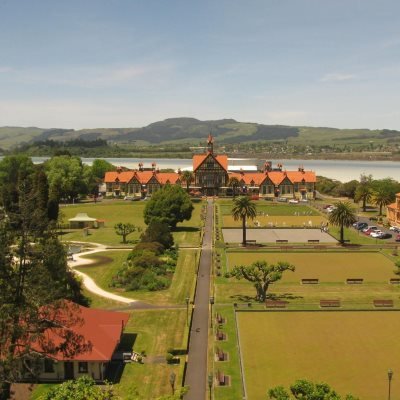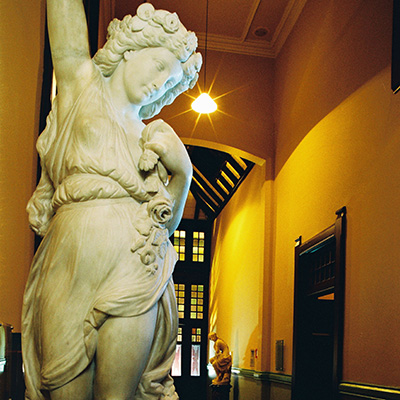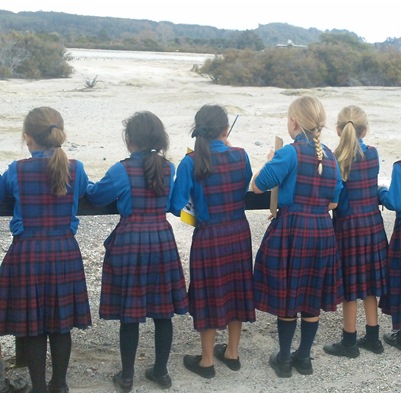Rotorua Museum prepares for construction phase with removal of taonga into safe storage
Thursday, 18 October 2018
In readiness for the construction phase of Rotorua Museum, due to get underway mid next year, the remaining 25 taonga (treasures) have been safely removed from the Bath House building into specialised storage facilities.
These artefacts were located in the newer southern end of the Museum, the Don Stafford Wing, and due to their size and the complex relocation process, were the last to be moved.
While many of the taonga will remain in Rotorua during construction, due to the limited availability of controlled environment storage space, some are returning to the Museum of New Zealand Te Papa Tongarewa in Wellington, and Auckland War Memorial Museum Tāmaki Paenga Hira, for safekeeping whilst the Bath House building is strengthened and redeveloped.
Since opening the Don Stafford Wing in 2011 the iconic Pūkaki has welcomed visitors to the Ngā Pūmanawa o Te Arawa exhibition at Rotorua Museum. This 182 year old carving depicts the revered Ngāti Whakaue rangatira (chief) who was a great military leader.
The Rotorua Museum team will continue to care for Pūkaki alongside more than 55,000 items within its collection.
Rotorua Museum Operations Manager, Cat Jehly, explains how the complex planning around safely moving these objects has taken over a year.
“Discussions and coordination with lenders and whānau began very early on, with guidance from Te Pukenga Kōeke o Te Whare Taonga o Te Arawa and Ngāti Whakaue.
Because of the size and weight of these taonga we enlisted the assistance of professional conservators, engineers, riggers, local builders and other museum professionals alongside our own Museum team to carry out this project.
The largest single piece was Te Rangitakaroro, a 6.3 metre high carved waharoa, which when crated is estimated to weigh close to 1.2 tonnes,” explains Ms Jehly.
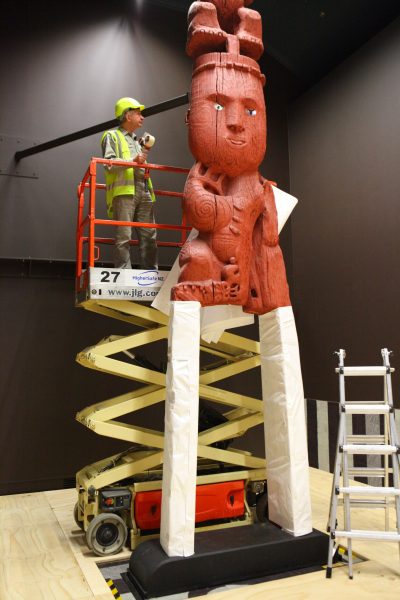
Te Rangitakaroro, 2018. Conservator Detlef Klein prepares for de-install from Rotorua Museum Te Whare Taonga o Te Arawa. Image reproduced with permission from Auckland War Memorial Museum Tāmaki Paenga Hira
Conservator Detlef Klein developed detailed methodology reports for the relocation process including assessing the weight and dimensions of each taonga to determine the most appropriate manner to move each one.
Rotorua Museum Exhibition Lead, Susan Skellern, says the Museum team and local builders have made a total of 18 large unique crates over the last four months. Crates are made of untreated timber with archival foam packing to restrict any movement.
“Some of the largest taonga had to be disassembled and packed in smaller crates for easier removal. The beautifully carved pātaka, Te Oha, was broken down to fit into 17 individual crates,” says Mrs Skellern.
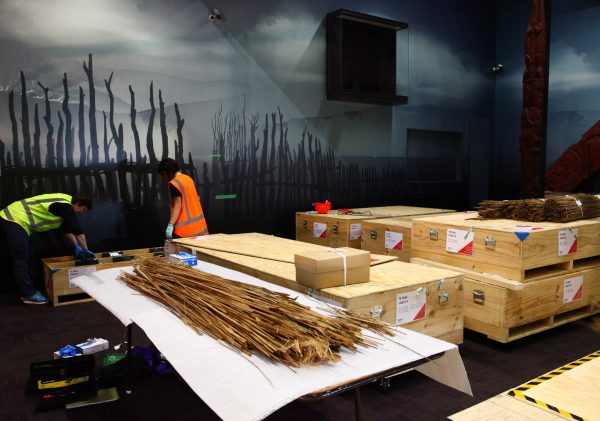
Seventeen crates were required to pack up Te Oha, 2018. The raupo (thatching) and pātaka panels were carefully crated before removal from Rotorua Museum Te Whare Taonga o Te Arawa
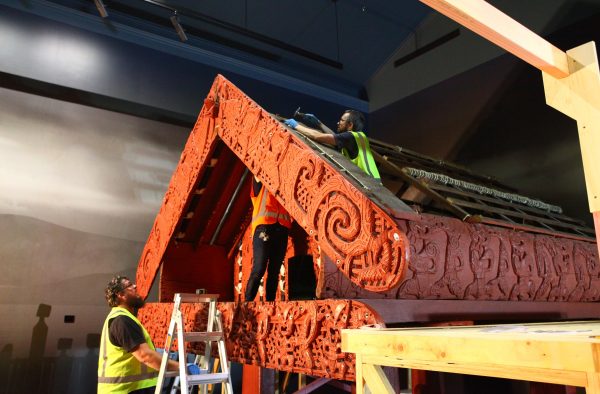
Te Oha, 2018. De-installation from Rotorua Museum Te Whare Taonga o Te Arawa. Image reproduced with permission from Auckland War Memorial Museum Tāmaki Paenga Hira
A specially designed timber floor pathway was created to spread the weight of the artefacts and the machines required to move them. The pathway needed to ensure that larger pieces could be turned in confined spaces and allow for their removal through the Museum foyer and front doors. Some internal entrances had to be widened to ensure safe access for the crated taonga.
On Thursday 18 October the Rotorua Museum team, worked alongside expert consultants and staff from Te Papa Tongarewa and Tāmaki Paenga Hira, to load the 40 crates on to specialist air ride suspension trucks, ensuring smoother transport.
In addition to the physical safety of the taonga, tikanga (cultural protocols) were overseen by Te Pukenga Kōeke o Te Whare Taonga o Te Arawa and Ngāti Whakaue, including a poroporoaki (farewell) as the trucks departed the Museum.
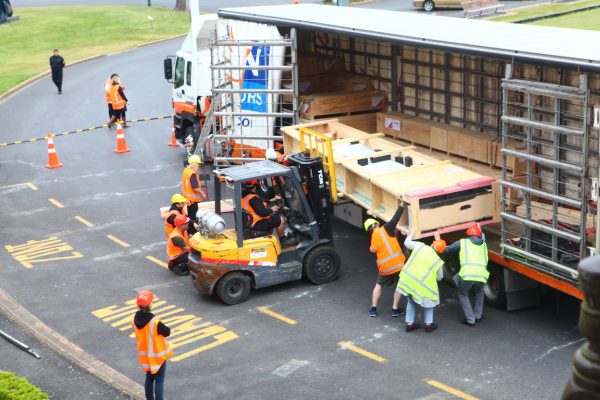
Crated Te Rangitakaroro being loaded at Rotorua Museum Te Whare Taonga o Te Arawa, 2018. Image reproduced with permission from Auckland War Memorial Museum Tāmaki Paenga Hira
“Most of the taonga in compromised areas of the Museum were removed over time but due to the complexity of the process, these final artefacts have had to remain in place until now. It is great to have them safely stored ahead of construction beginning mid next year”, says Mr Brown.


